Natural Highlights: The Heroic Pleasing Fungus Beetle

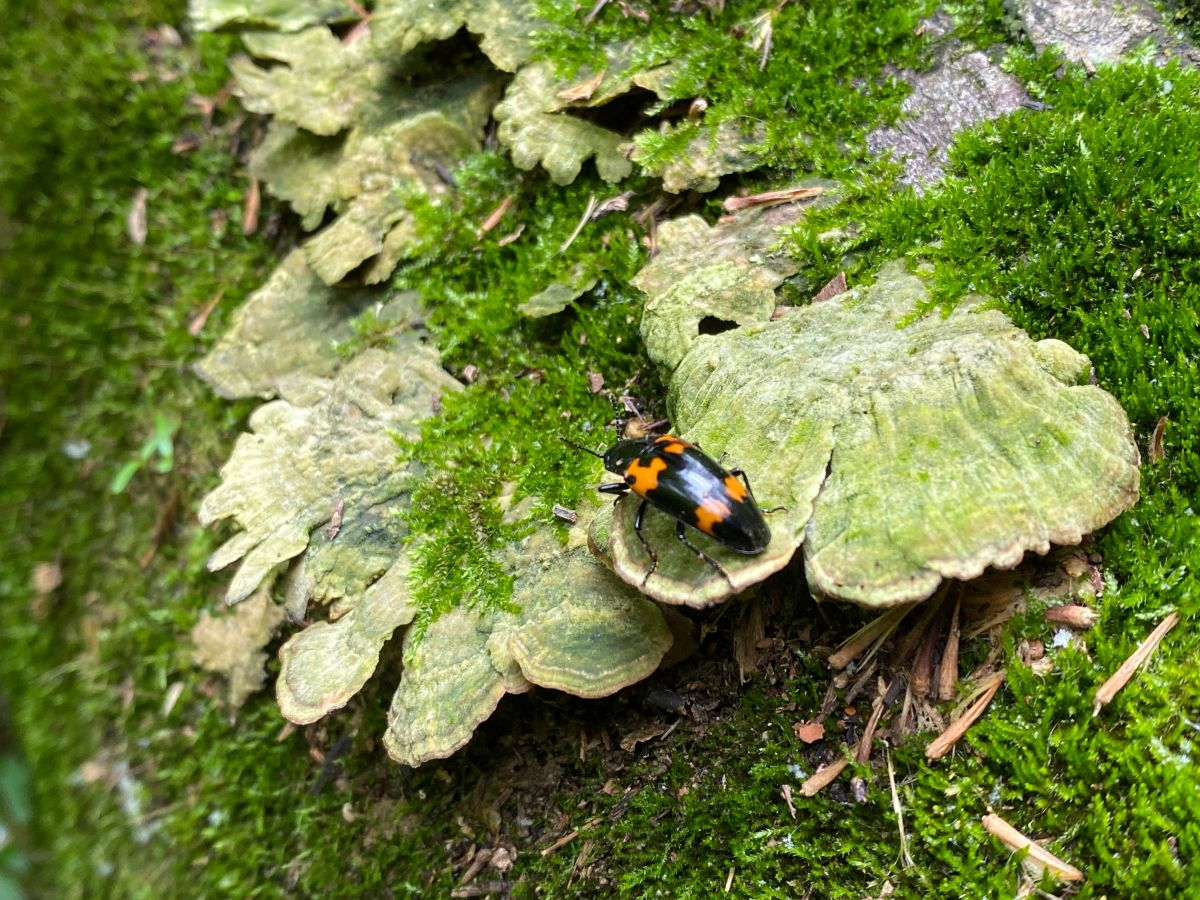
Only if you’re inclined to walk around in the woods and roll over old logs are you likely to see the Heroic Pleasing Fungus Beetle (Megalodacne heros), but its over-the-top name, its bright colors, and its role in the ecosystem make it a great find. First, the name: it’s a member of the Fungus Beetle Family (Erotylidae) and its larvae consume the various shelf or bracket fungi (Genus Ganoderma) so common in our forests. It’s a “pleasing” fungus beetle, meaning attractive to the human eye, with bright red or orange forewings offset by black puzzle piece-shaped bands. And “heroic”? Best guess is that the ancient Greek meaning of the word “heros” includes attributes such as being distinguished or illustrious.
The Order Coleoptera is the most diverse order among the mindbogglingly diverse members of the Class Insecta. With over 400,000 described species, beetles comprise about 25% of all animal species on earth, and scientists suspect there are many beetles still to be discovered. Hardened forewings (elytra) protect the flight wings beneath, one adaptation among others which has allowed beetles to proliferate into many different habitats, taking advantage of niches at every level. So there are beetles which pollinate flowers, prey on other organisms, parasitize or eat plants, decompose wood and other matter, and take on just about any ecological role you can think of. There are many specialists, and the fungus beetles are no exception. The Genus Megalodacne, which utilizes bracket fungi, is but one of some 160 genera of Pleasing Fungus Beetles (Family Erotylidae), each one full of species with different needs, utlilizing different types of fungi.
The hero of this story, our Heroic Pleasing Fungus Beetle, causes no harm to people, and its presence is an indicator of a functioning forest ecosystem where dead and dying trees are as much as part of the picture as the living ones, contributing their nutrients to a dense assortment of organisms including wood-eating beetles and bracket fungi, and the beetle larvae which eat the bracket fungi in turn. As in our own complex communities, each relationship matters. And in the ecosystems around us, beetles matter a lot!
For more information, see these links:
https://content.ces.ncsu.edu/imegalodacnei-pleasing-fungus-beetles
Discover the Heroic Pleasing Fungus Beetle, bright, bold, and vital to healthy forests. Learn how this striking insect helps sustain ecosystems through fungi.


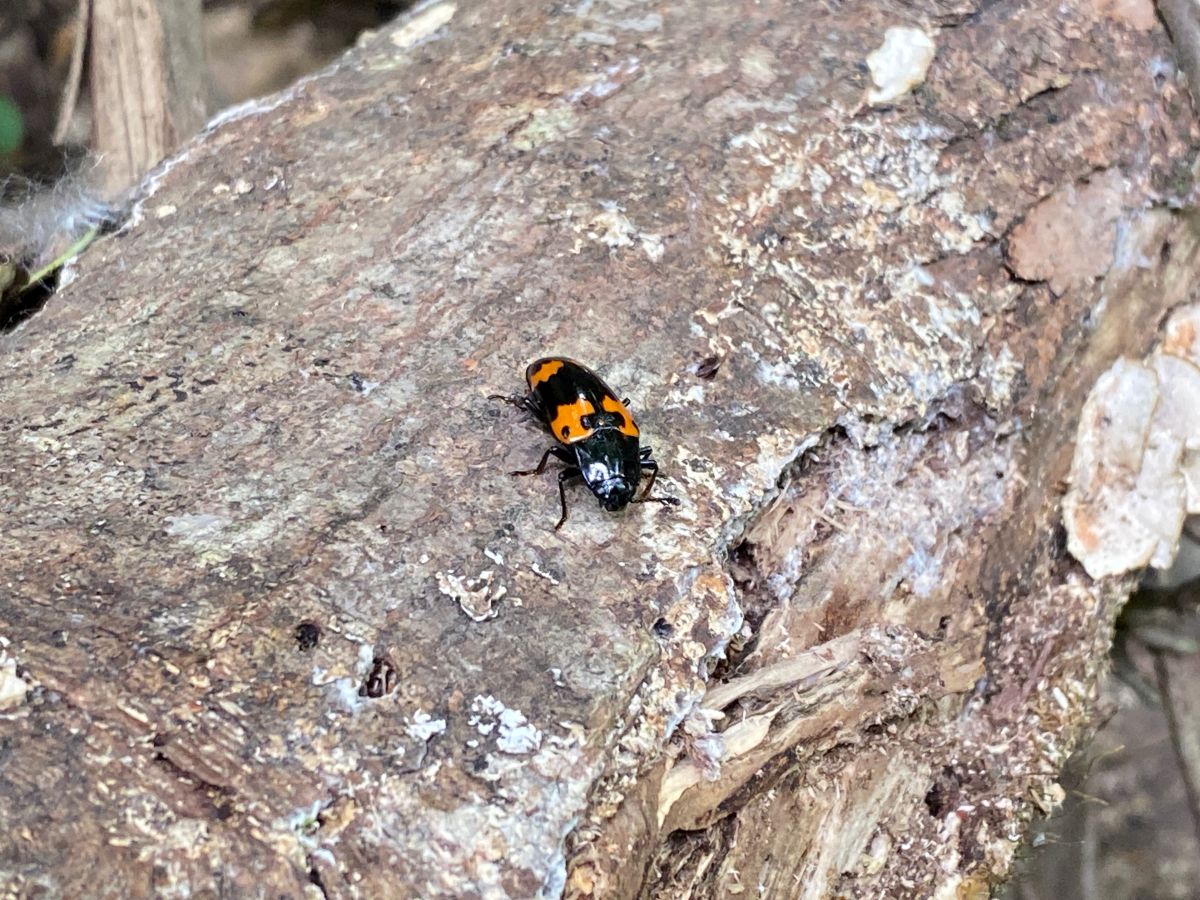

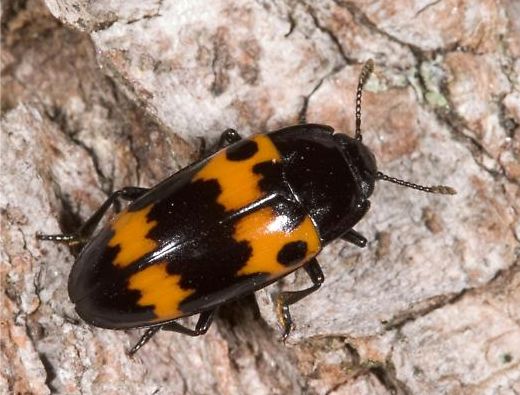
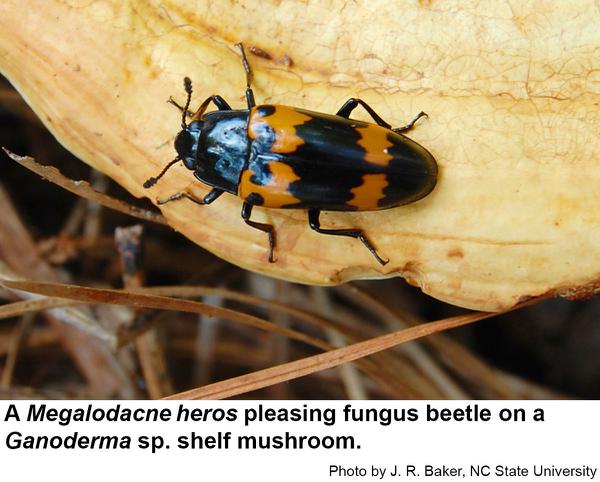


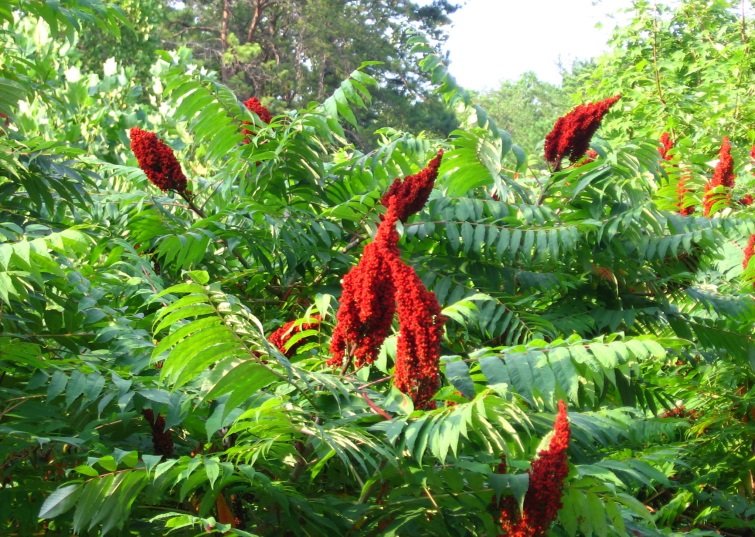
.jpg)




